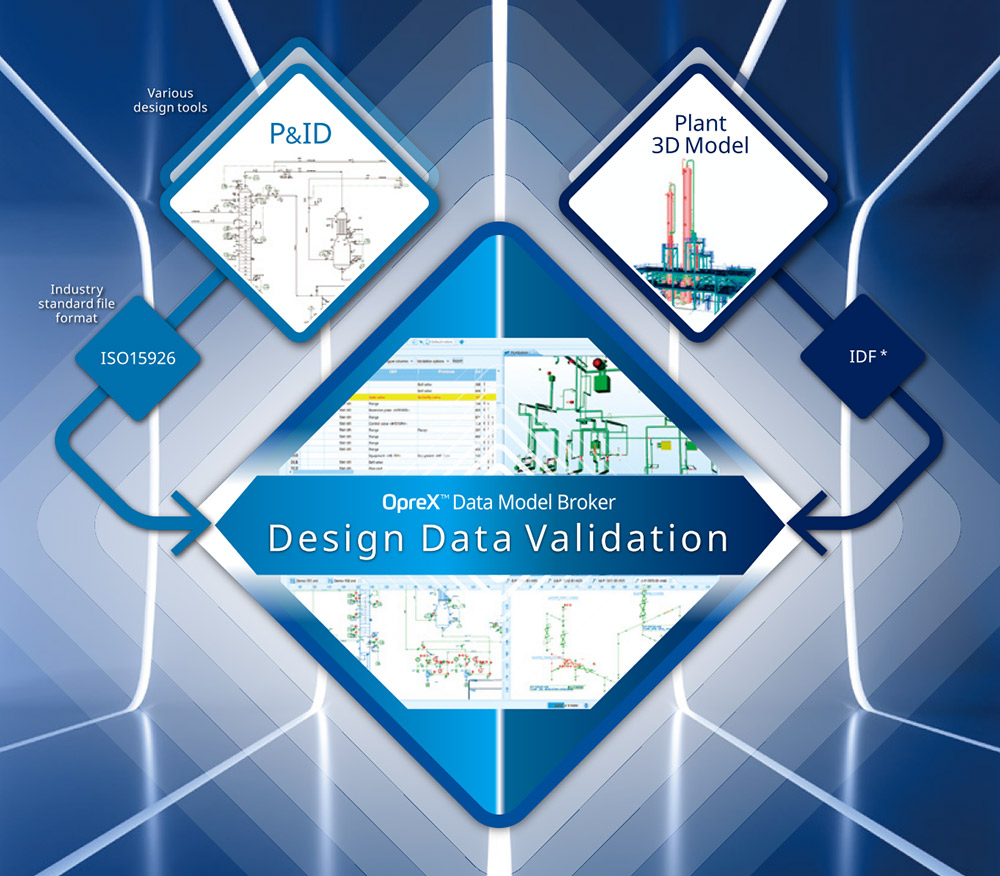
Yokogawa Electric Corporation (TOKYO: 6841) announces the development and release of OpreX™ Data Model Broker, a plant data transformation platform in the OpreX Connected Intelligence lineup. OpreX Data Model Broker automatically verifies the consistency of data in different plant designs and instrumentation systems and enables their inter-utilization by applying ontology*, an AI technique, in database operation and management. Design Data Validation, the first component to be released by Yokogawa for this platform, assists in the complicated and time-consuming task of systematically identifying and confirming inconsistencies between piping and instrument diagrams (P&ID) and 3D piping diagrams. By automatically identifying such inconsistencies in massive volumes of data, this component greatly enhances work efficiency and drastically reduces the number of man-hours required for such work.
Development Background
With the increases in plant size and sophistication in recent years, the facilities installed in these plants have grown ever more complex. When a plant is built or expanded, the departments responsible for each area of work use different design tools. The same is true with systems, for which there are not only design and specification documents but also diagrams from device and equipment vendors, and engineering data from different system suites. In many cases, vastly time-consuming manual checks must be performed to ensure there is complete consistency in all data. While 3D piping diagrams usually number in the few thousands, there can be 10,000 or more of these documents with a large-scale project, and all this data is currently checked manually. As such, there is a strong demand for a system that uses digital technology to increase data interoperability and ensure its reliability.
To meet this very pressing need, Yokogawa has developed OpreX Data Model Broker, a plant data transformation platform that promotes the interoperability and increased utilization of data throughout the plant life cycle.
Features
The following consistencies are automatically verified by Design Data Validation in the OpreX Data Model Broker:
- Piping attribute information
Cross-checks the piping attribute information in P&ID and 3D piping diagrams. - Piping component attribute information and sequences
Validates attribute information for each piping component as well as the sequences of them. - Flange specifications
If a change to a piping specification is designated for a valve end in a P&ID, it validates the piping specifications for the relevant valve and associated flange in the 3D piping diagram. - Flow direction for piping components
Checks that the flow direction for each piping component in the 3D piping diagram matches the process flow direction in the P&ID.
* Ontology is one of the approaches in AI technology. It is a concept or mechanism for defining the meaning of information and aims to make computers mimic how humans understand the meaning of information.
Major Applications
Verification of P&ID and 3D piping diagrams during the engineering, procurement, and construction (EPC) phase for petroleum, chemical, and other plant construction or expansion projects
Yokogawa Electric Corporation (TOKYO: 6841) announces the development and release of OpreX™ Data Model Broker, a plant data transformation platform in the OpreX Connected Intelligence lineup. OpreX Data Model Broker automatically verifies the consistency of data in different plant designs and instrumentation systems and enables their inter-utilization by applying ontology*, an AI technique, in database operation and management. Design Data Validation, the first component to be released by Yokogawa for this platform, assists in the complicated and time-consuming task of systematically identifying and confirming inconsistencies between piping and instrument diagrams (P&ID) and 3D piping diagrams. By automatically identifying such inconsistencies in massive volumes of data, this component greatly enhances work efficiency and drastically reduces the number of man-hours required for such work.





.png)







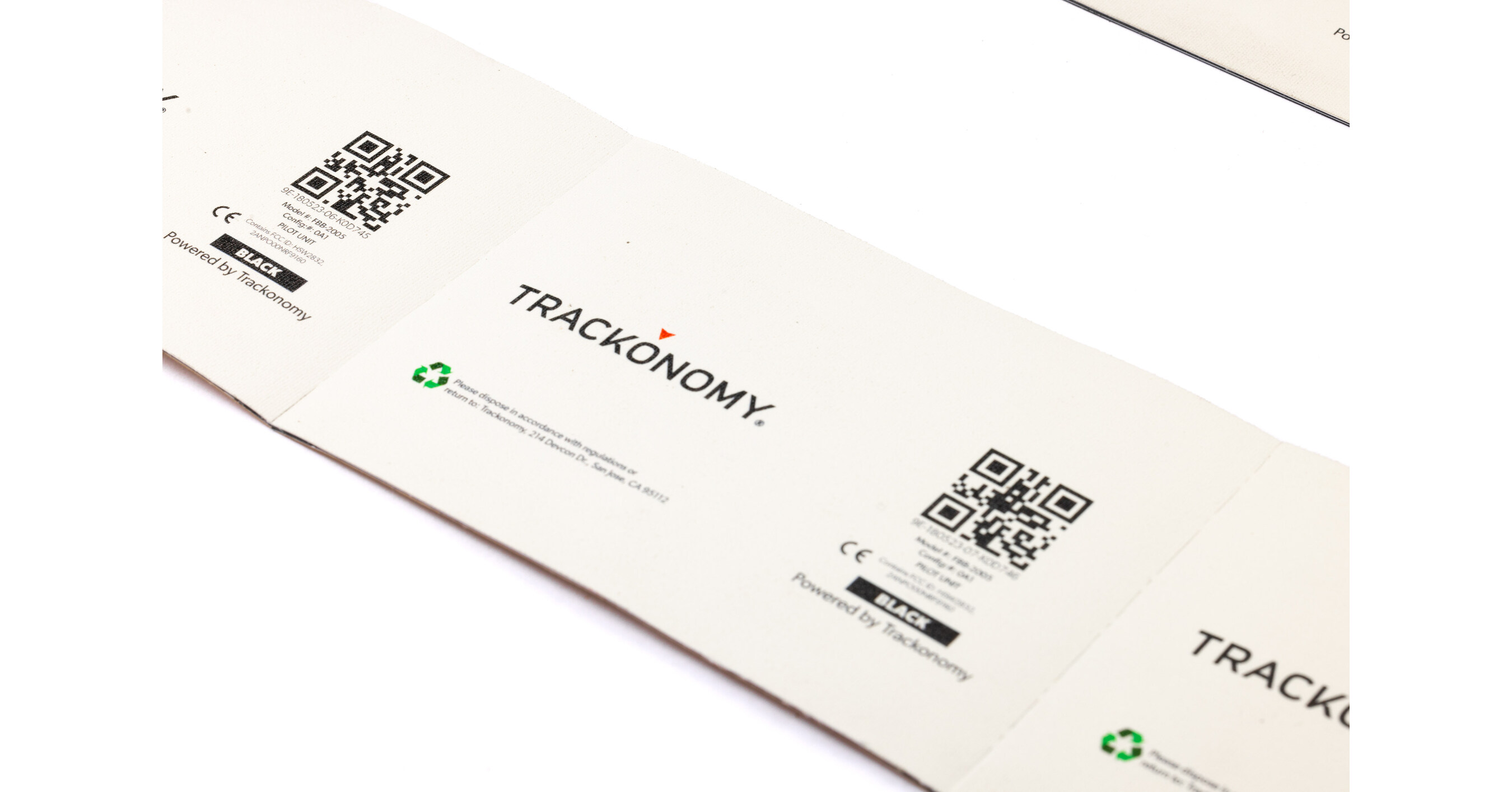




.jpg)

.webp)
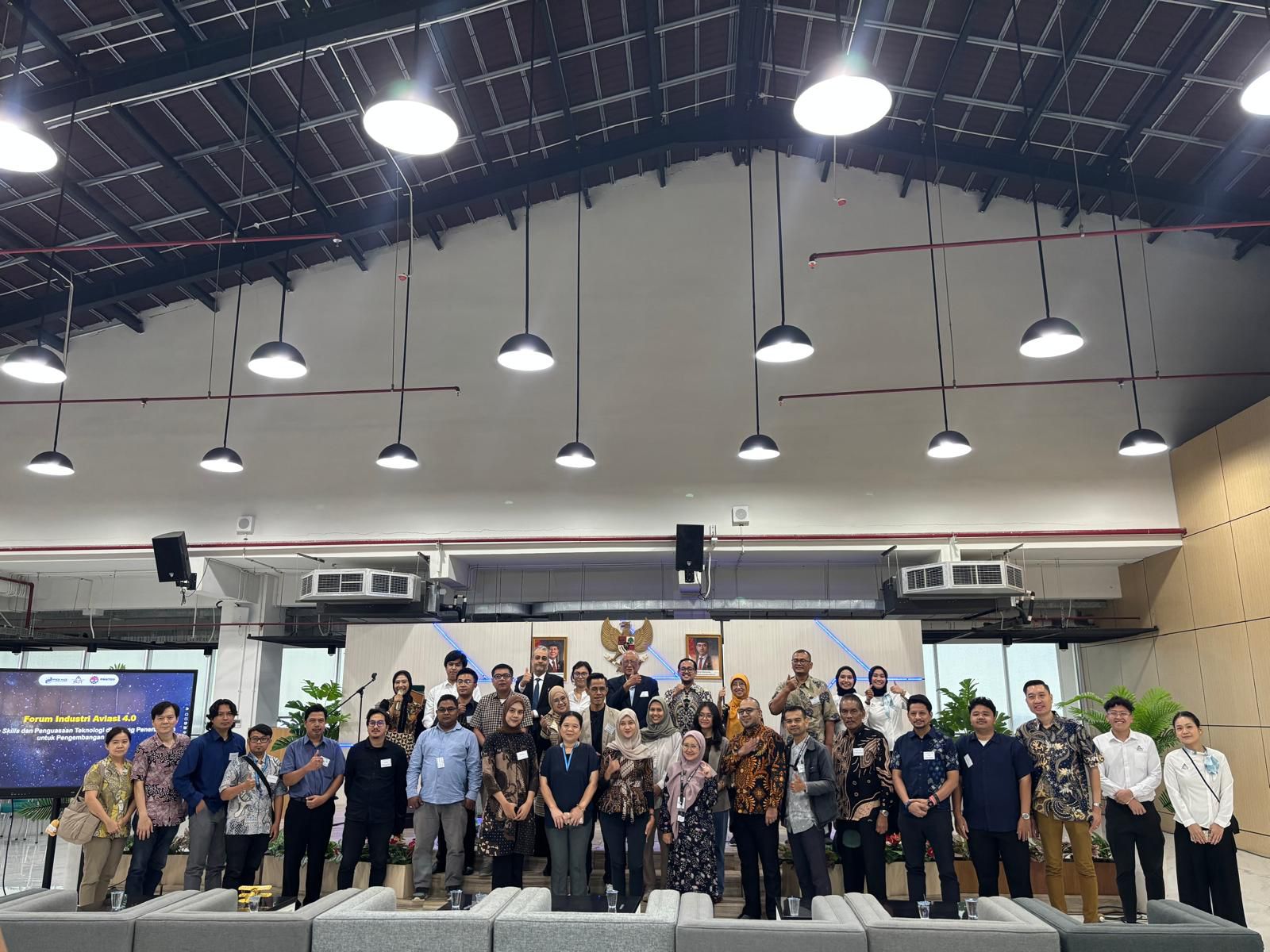









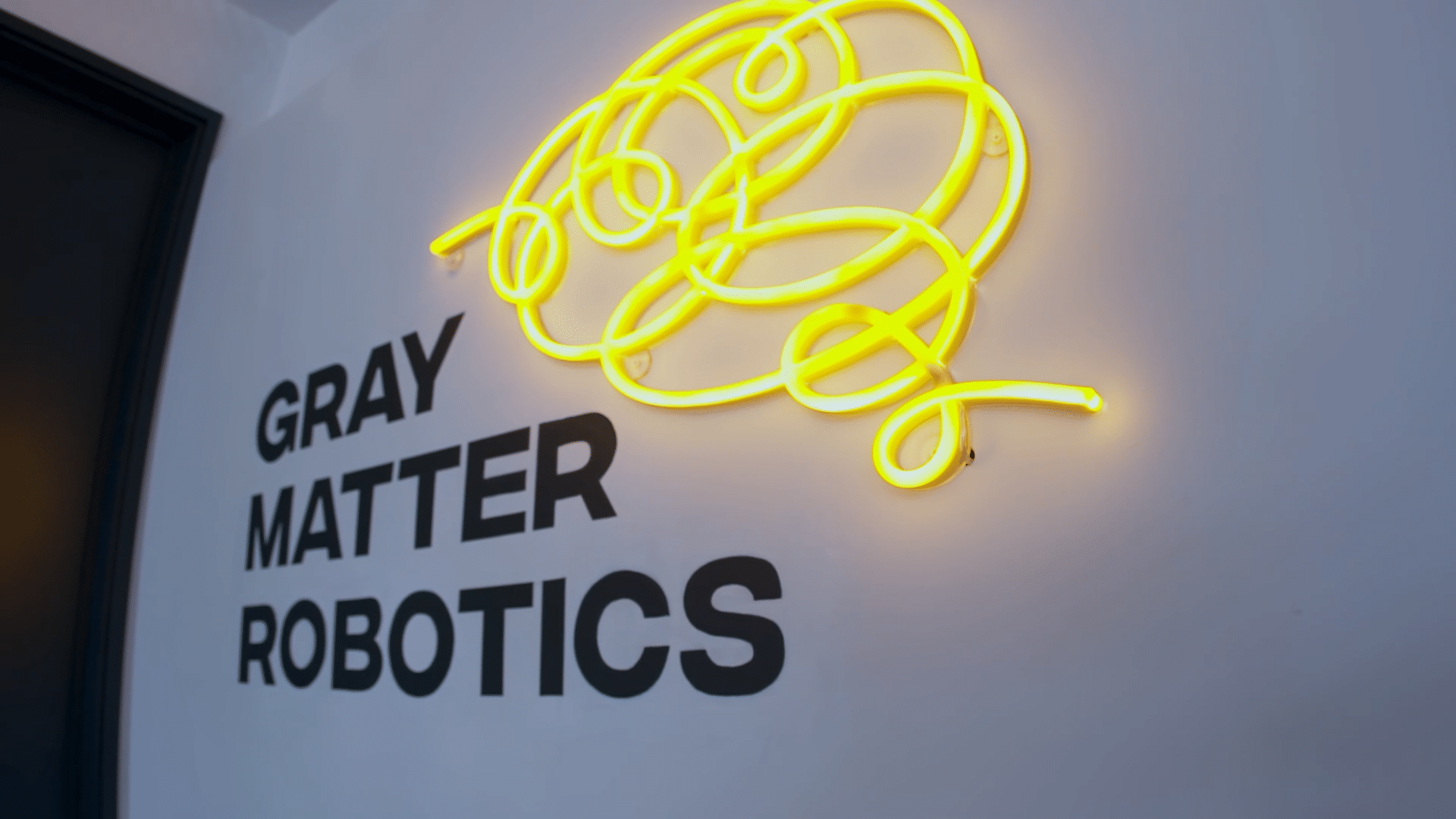


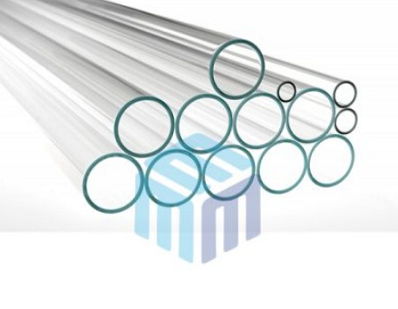

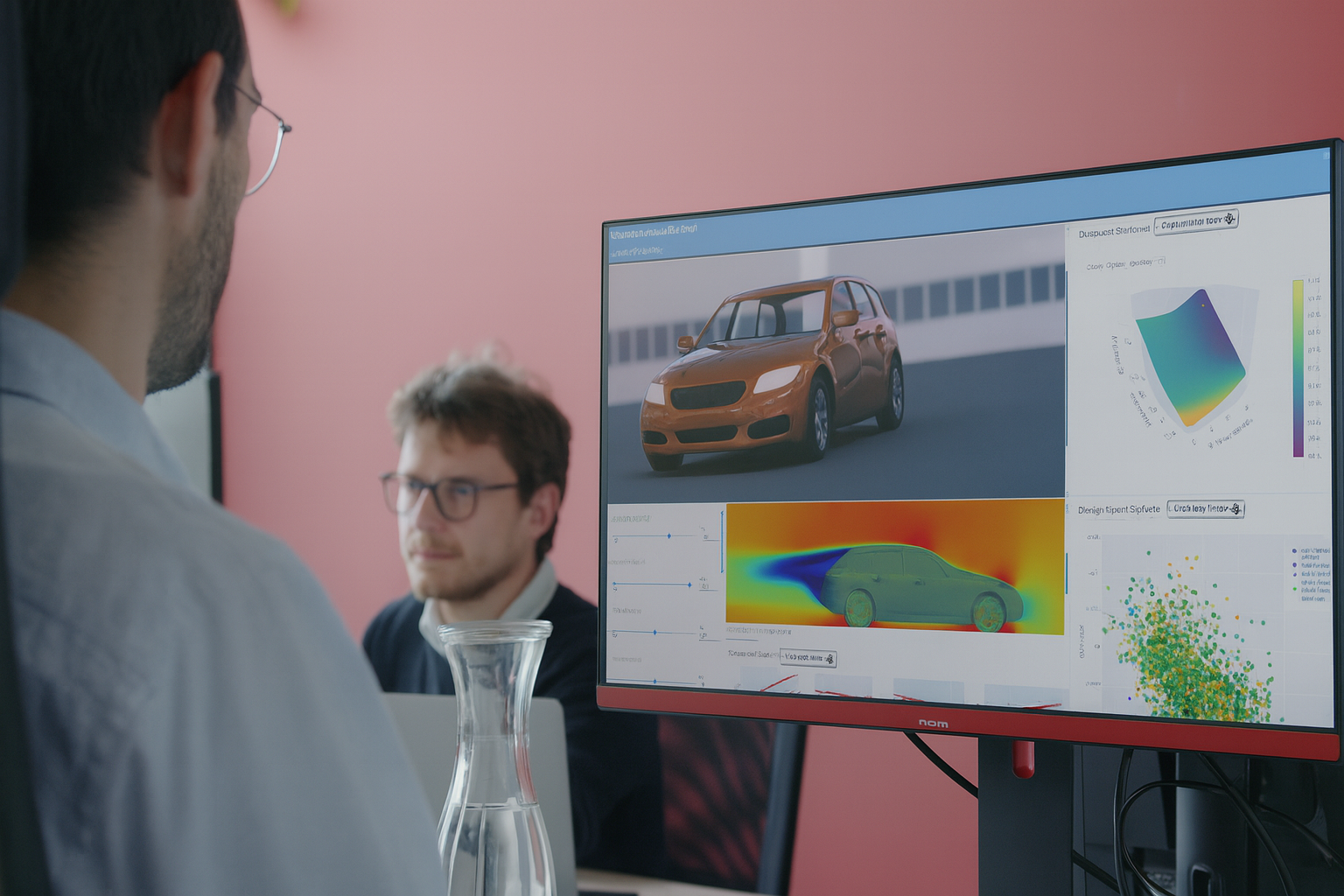

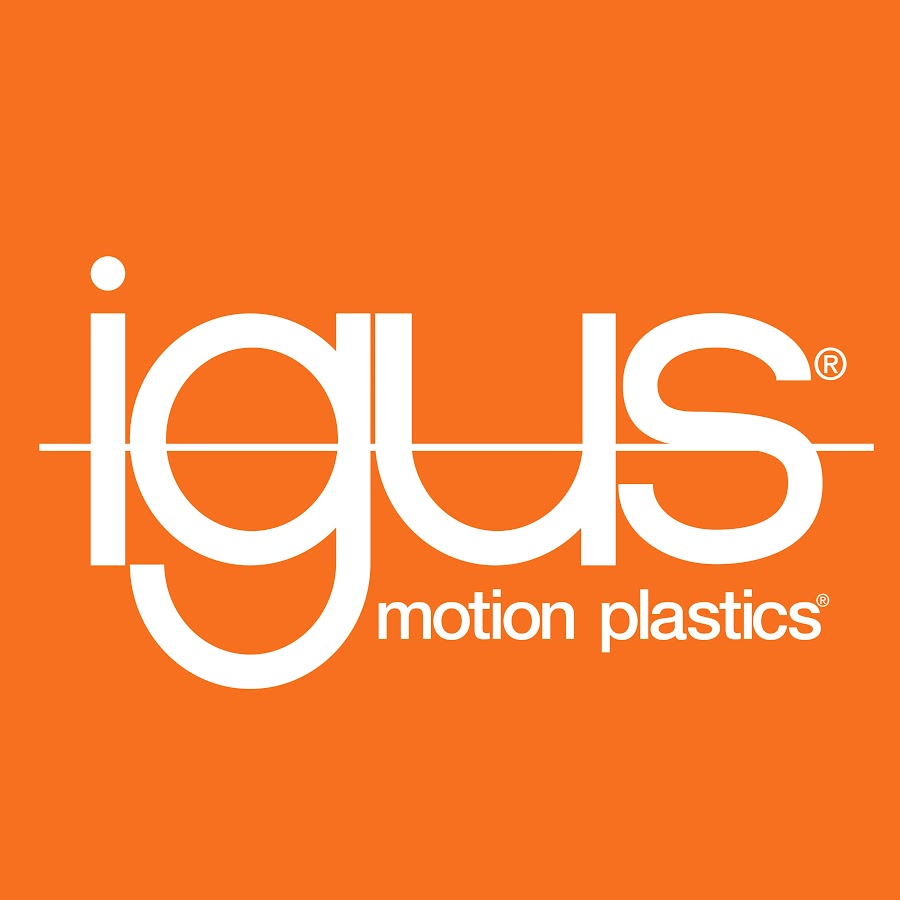
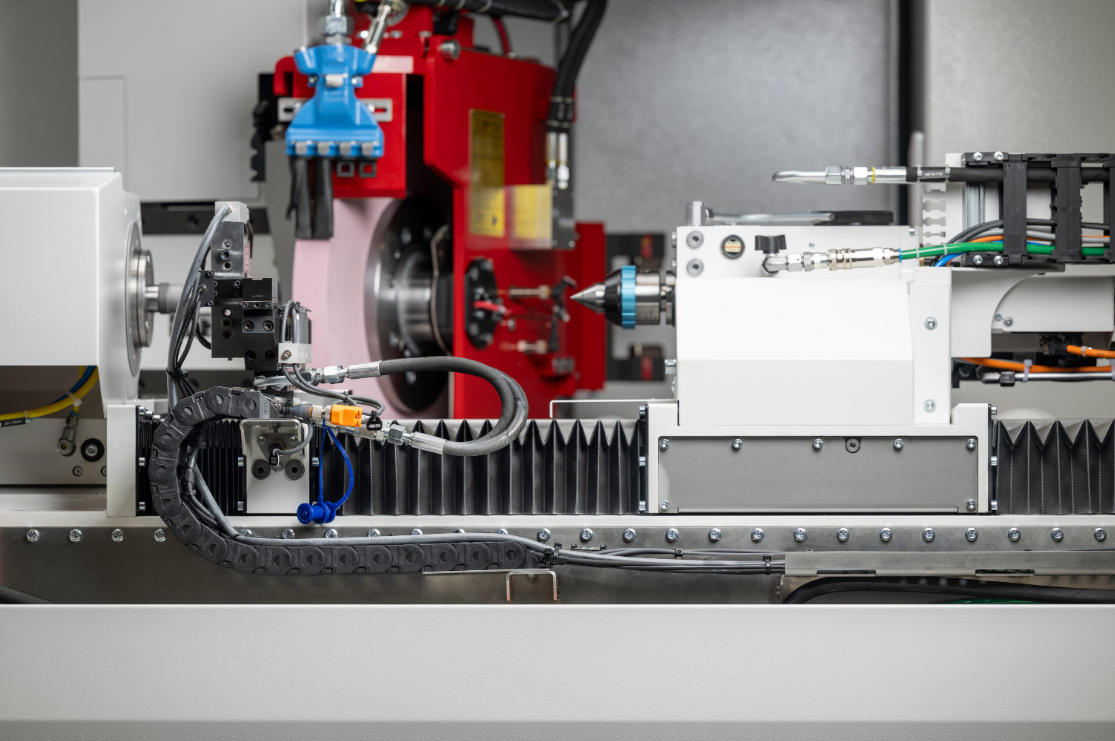


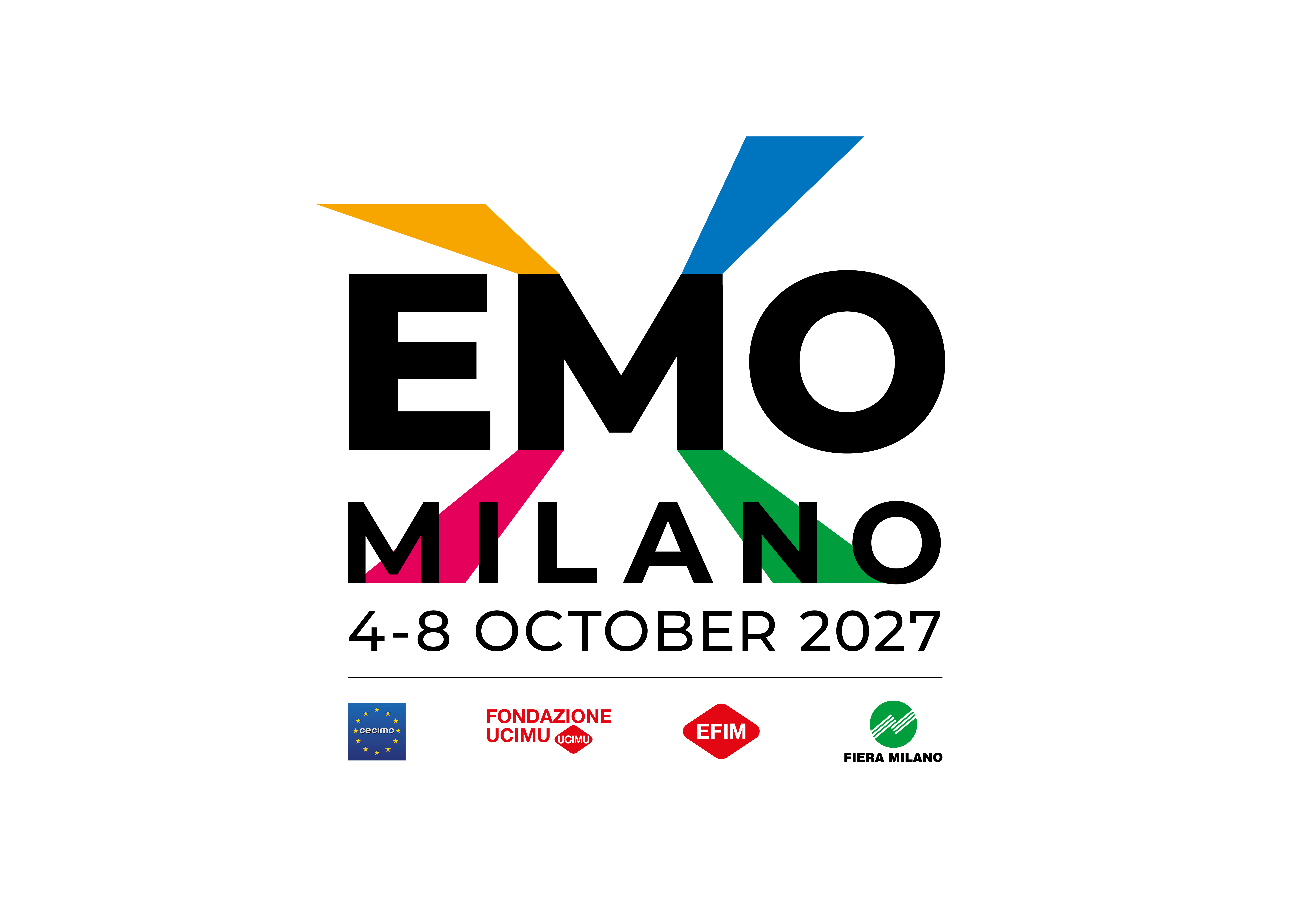


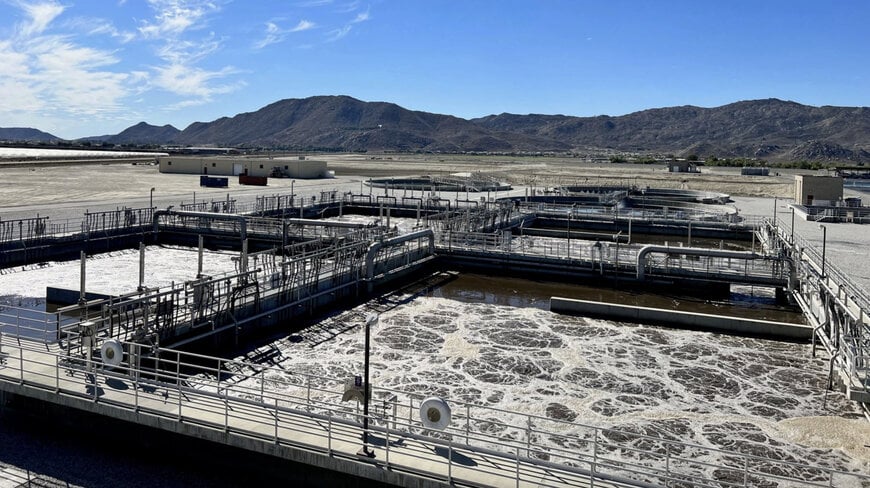




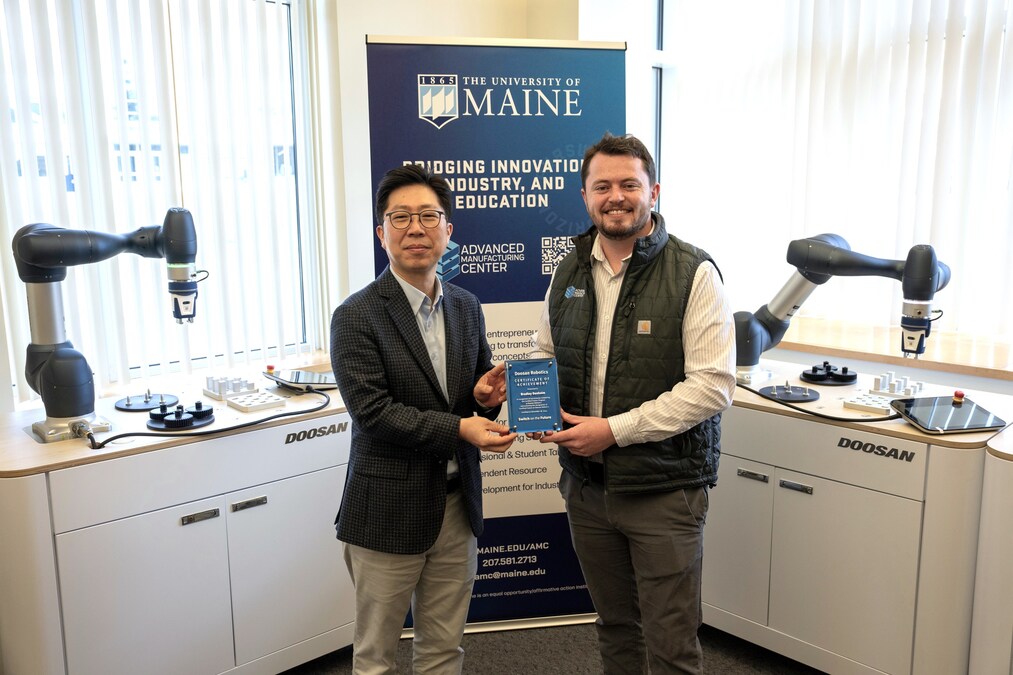
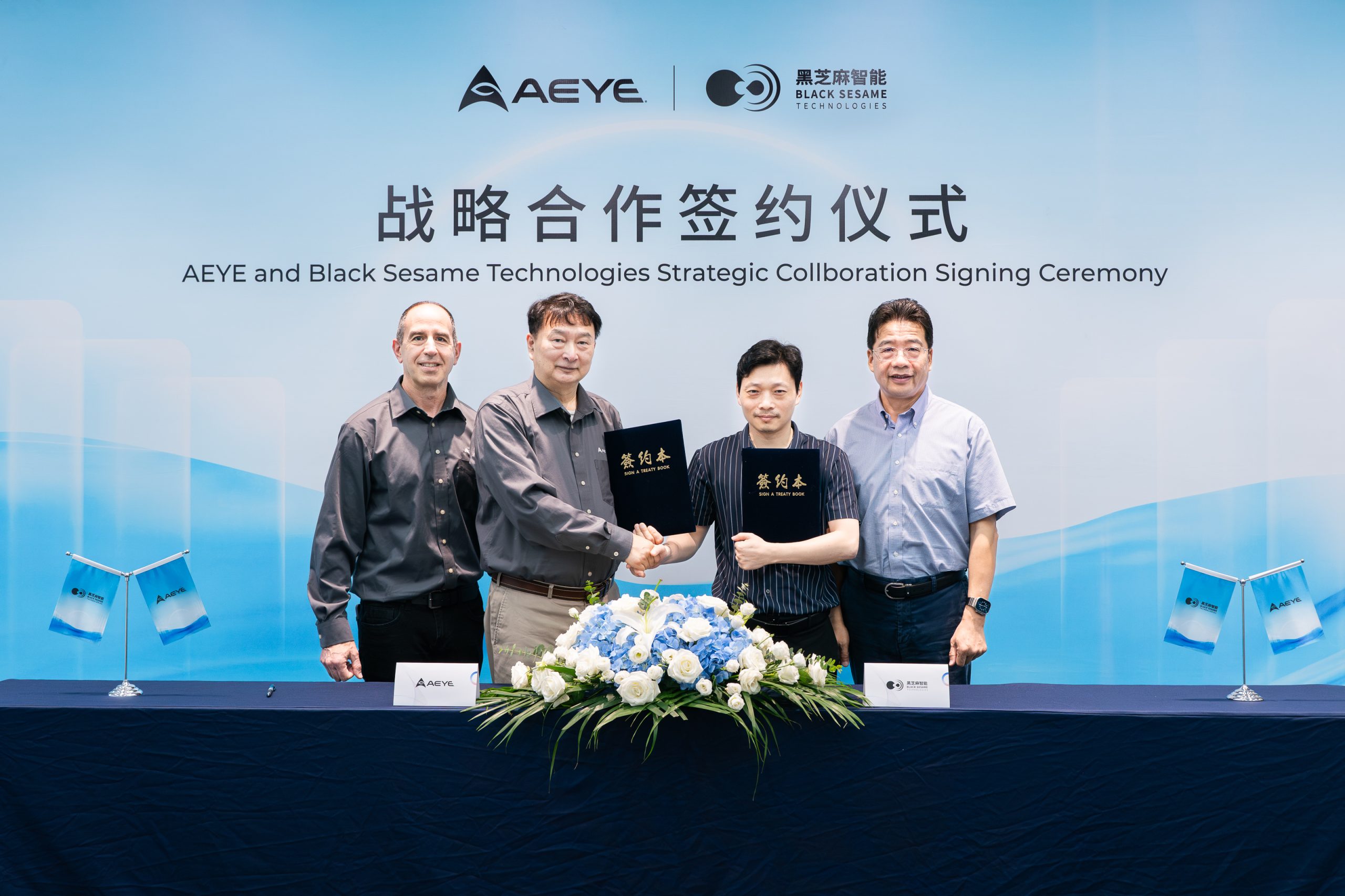


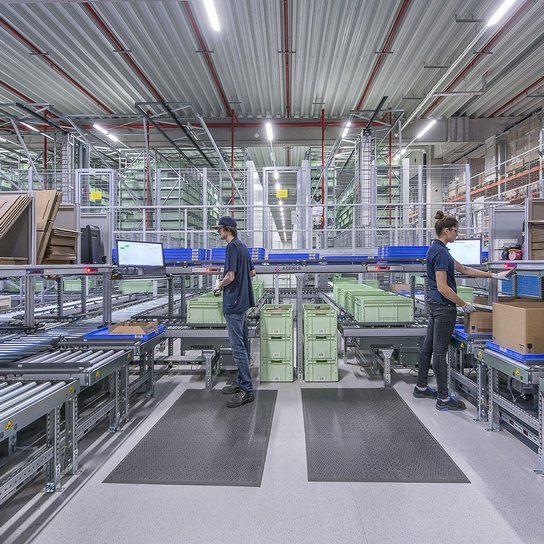




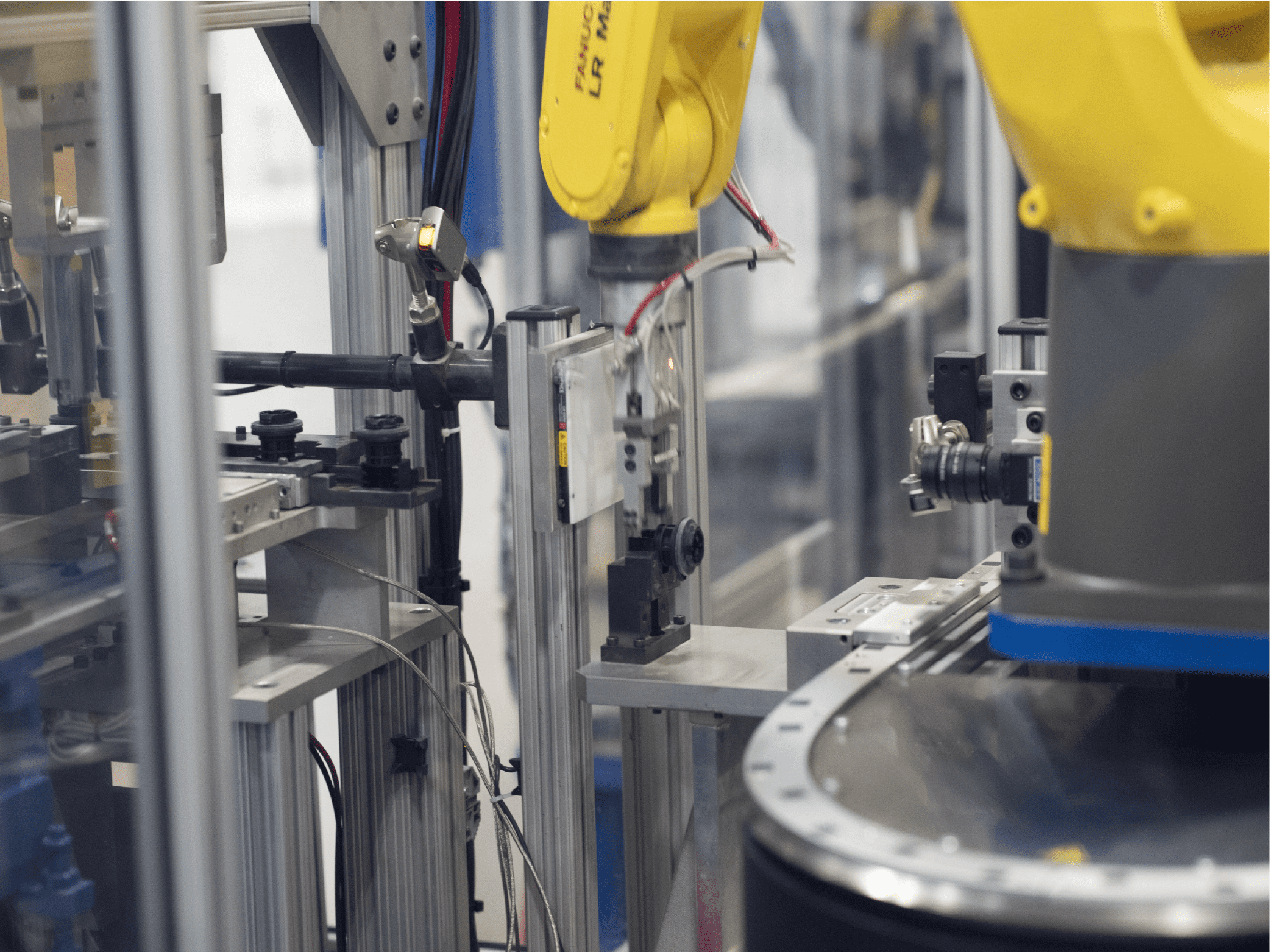
.webp)






























.png)





.png)





